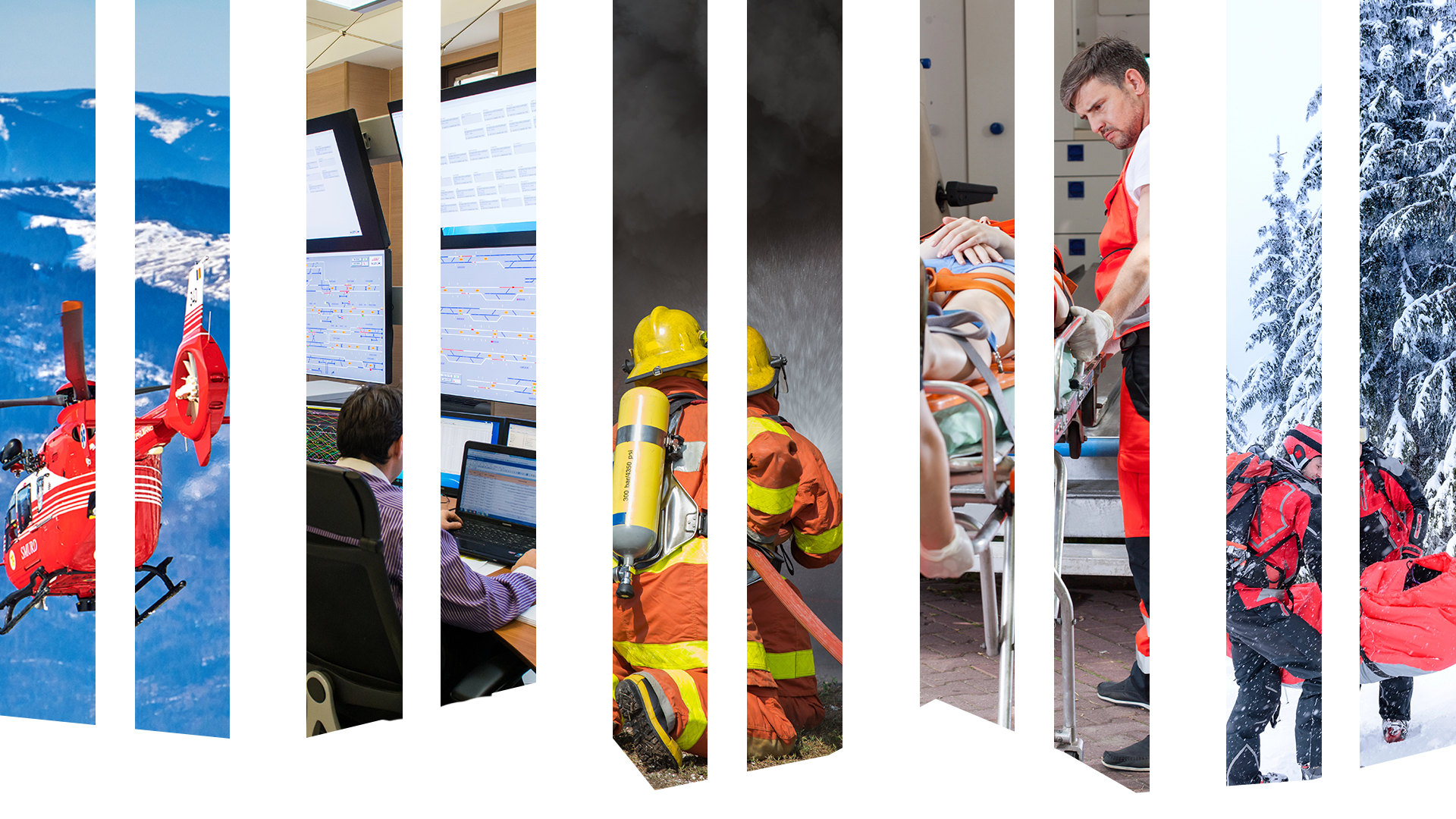We aim to develop a Risk Assessment Support Tool in support of the policy- and decision-makers in systematising the interactions between related sectors/disciplines (intervention areas) to the positive effects of a given policy (characterised as one of several management options) are enhanced. The negative impacts across sectors/disciplines are identified and adequately addressed/mitigated.
Please help us improve our knowledge on disaster risk reduction by completing CRISPRO survey on multi-hazards and combined threats with cascading effects related to crisis leadership management.
Natural, technological (man-made) and biological risk management practices require a comprehensive understanding of the interactions and interdependencies of the related natural, technological and societal systems. Risk assessment can be challenging even for the impacts of a single natural hazard on a single facility. The focus is the multiple and/or combined hazards and multiple interacting facilities at the same time. One needs to also bear in mind domino events and consequences with cascading impacts (e.g. via business interruption), requiring a comprehensive and multi-vulnerability risk assessment involving complex chain(s) severity considerations.
We aim to enhance the community governance and resilience for emergency preparedness and disaster management and link prevention with financial and policy decisions to management interventions. We will work the tools for planning and re-considering on by moving up and down the cause-effect line to easily elucidate the nature and magnitude of the interactions and disaster effects:
- To map simultaneous, cascading, even disconnected, but temporally subsequent, hazards or threats which complicate organisational responses. These various forms of interdependency are short- and mid-term future.
- To develop a comparative set of approaches to addressing the important challenges to modern civil protection.
- To develop an online tool for assessing organisational and prevention methods for mitigating at least some aspects of disasters and risks expected.
- To stress on the interdependency of modern threats/risks;
- To focus on the need for economic efficiency;
- To adapt to the changing nature of communication.
- To examine the challenges in the context of community response practices and high-impact events driving system adaptations;
- To link the system adaptations with political and economic windows of opportunity to determine changes in structural and non-structural prevention measures.

